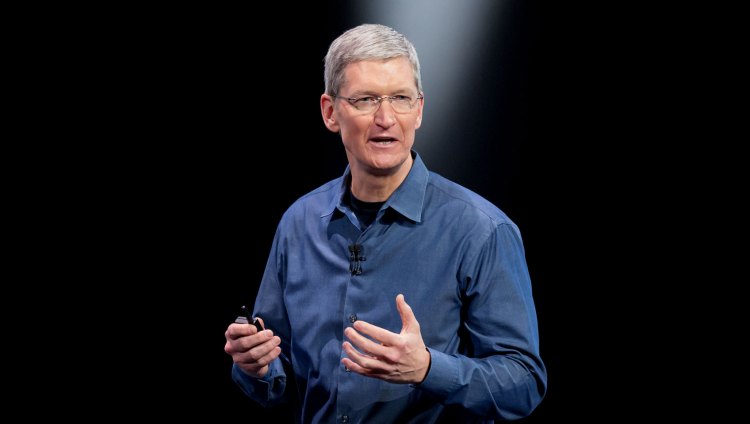Later this month, Tim Cook will mark his fifth anniversary as CEO of Apple. While in some respects, it seems like yesterday that he took charge, those five years represent an extraordinary amount of change and growth for Apple.
Consider this: Cook took over in 2011 just as Apple was about to release the iPhone 4s (the first with Siri). While iPhones had been growing steadily since their 2007 debut, the iPhone 4s was like injecting a dose of rocket fuel into Apple.
During the first full quarter of the iPhone 4s’ availability, Apple sold 37 million iPhones, up from 16.24 million the same period the previous year.
Apple’s peak quarterly sales climbed to 74.78 million this past holiday quarter. But I don’t believe that the company ever experienced anything matching the rate of growth it saw during Cook’s first few months.
Basically, Cook the reigns at a time when Apple was just on the cusp of transforming from a warm fuzzy comeback story into the world’s most valuable company. A year into Cook’s tenure, the company would officially become just that, as its stock roared into the stratosphere.
It’s not all been roses, of course, but as Cook’s August 24 anniversary approaches, here are five more numbers that demonstrate just how massively Apple has grown under Cook’s leadership:
1. Cook took over at the end of Fiscal Year 2011 (which ends Sept. 30). That year, Apple posted $108.68 billion in revenue. Last year, FY 2015, the company had $231.28 billion. If Apple hits the low end of its projected revenue for the current quarter, the company will report $214.29 billion in revenue for FY 2016. This is a company that is double the size it was when Cook took over, though it is facing a challenging stretch.
2. As of September 24, 2011, Apple had approximately 60,400 full-time employees. As of September 26, 2015, it had approximately 110,000 full-time equivalent employees. This reflects the growth in both the number of Apple Stores and in the company’s core operations. Long gone are the days when Apple had to choose whether it could work on a Mac OS update or an iOS update.
3. In the first quarter under Cook, Greater China revenue was $4.49 billion. For the same most recent holiday quarter, it was $18.37 billion. The 2013 deal with China Mobile was a signature moment for Cook. And in a recent Washington Post profile, he noted that the number of Apple Stores in China has grown from 4 to 41 over the past five years. (Yes, Apple also has some challenges in China now, but it is a much larger presence today than when Cook took over.)
4. For all of Apple’s stock gyrations at the moment, its stock price has doubled under Cook’s tenure. Hard for investors to complain, though I’m sure some still will. And, of course, the stock increase doesn’t count the amount of money the company has paid out in dividends ($44.8 billion) and stock buybacks ($127 billion) since Cook re-initiated these shareholder value programs back in 2012.
5. Apple had $231.5 billion in cash on hand and equivalents at the end of the most recent quarter in June 2016. In that same quarter five years ago, people were going bonkers because Apple had $75.9 billion in cash.


